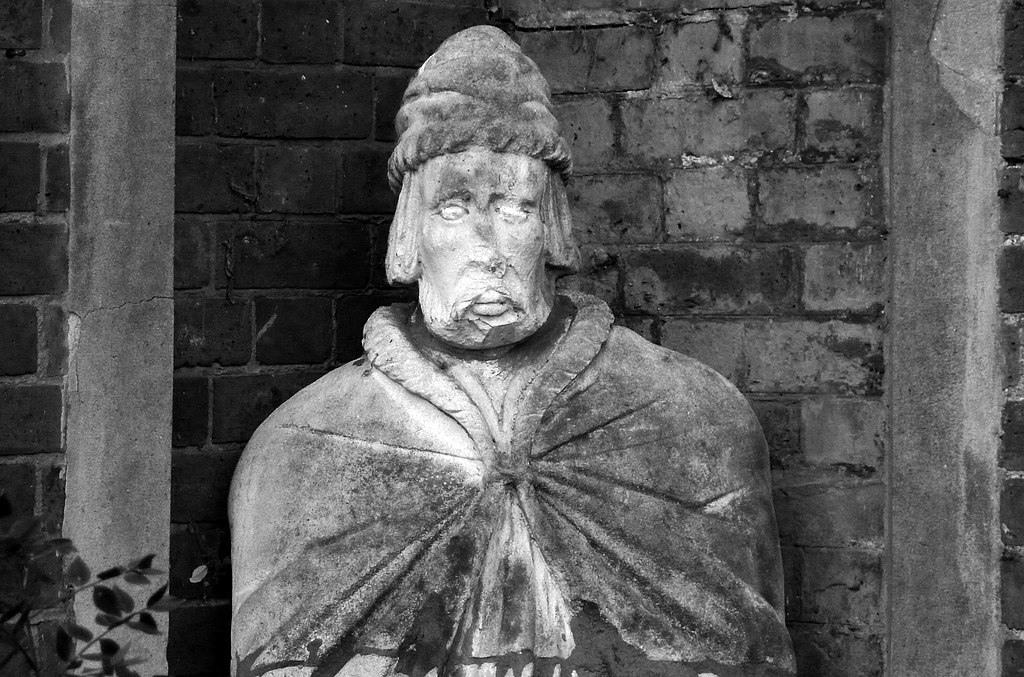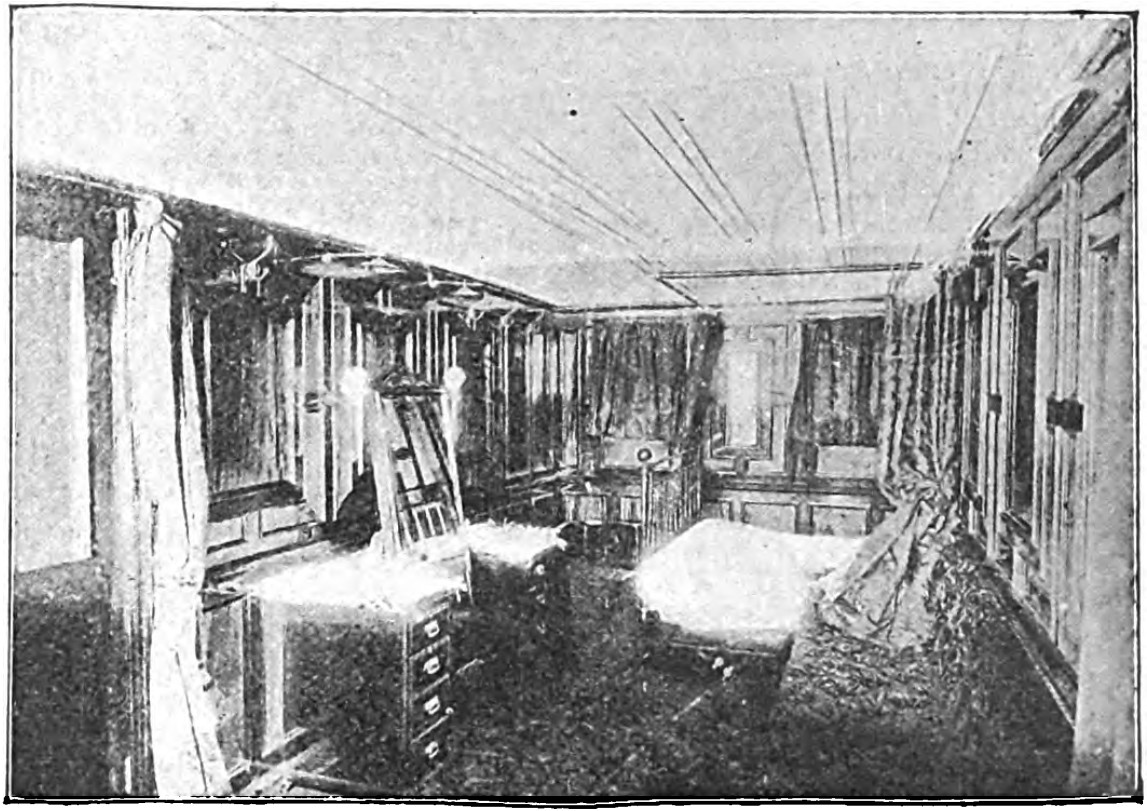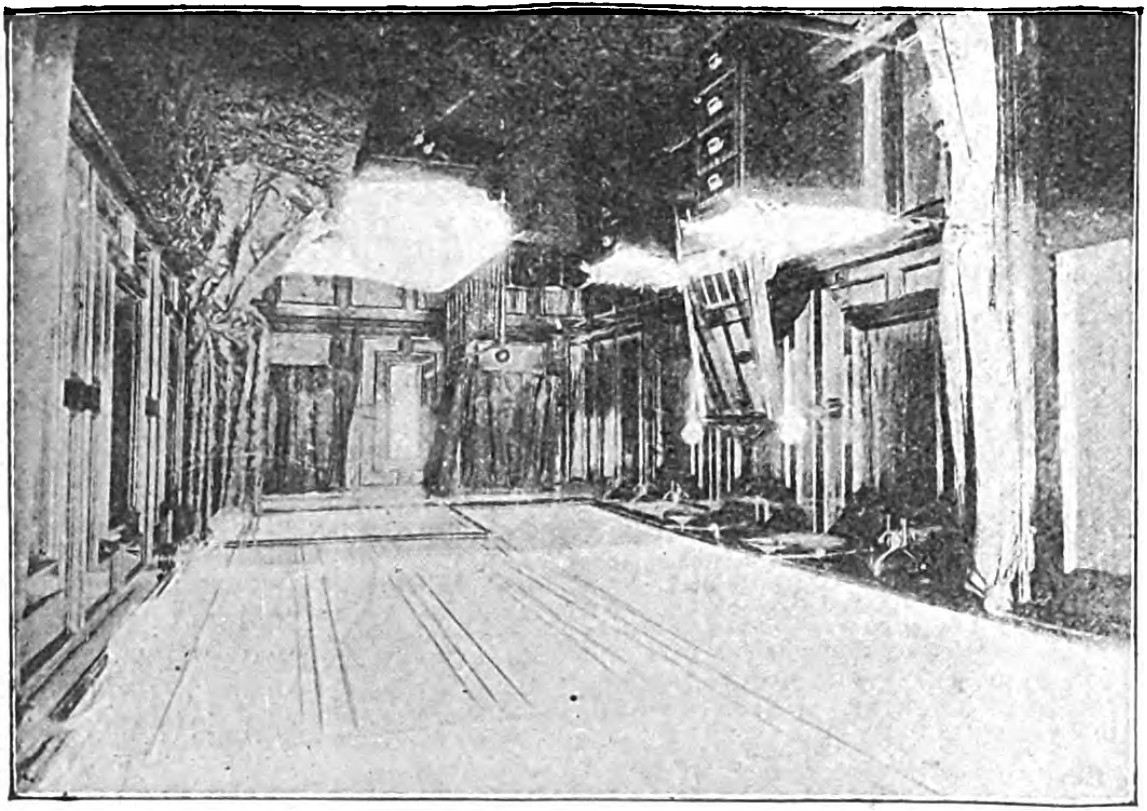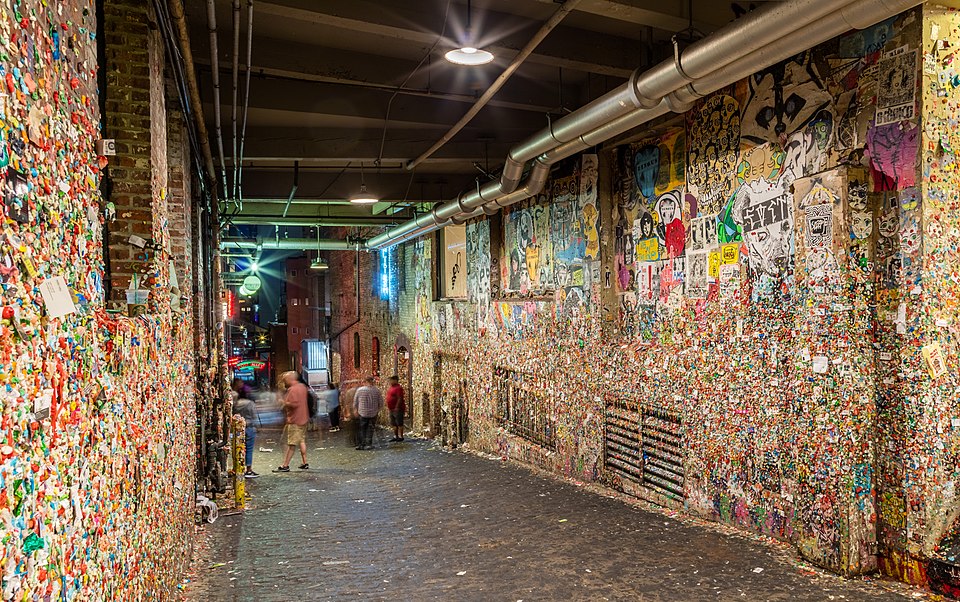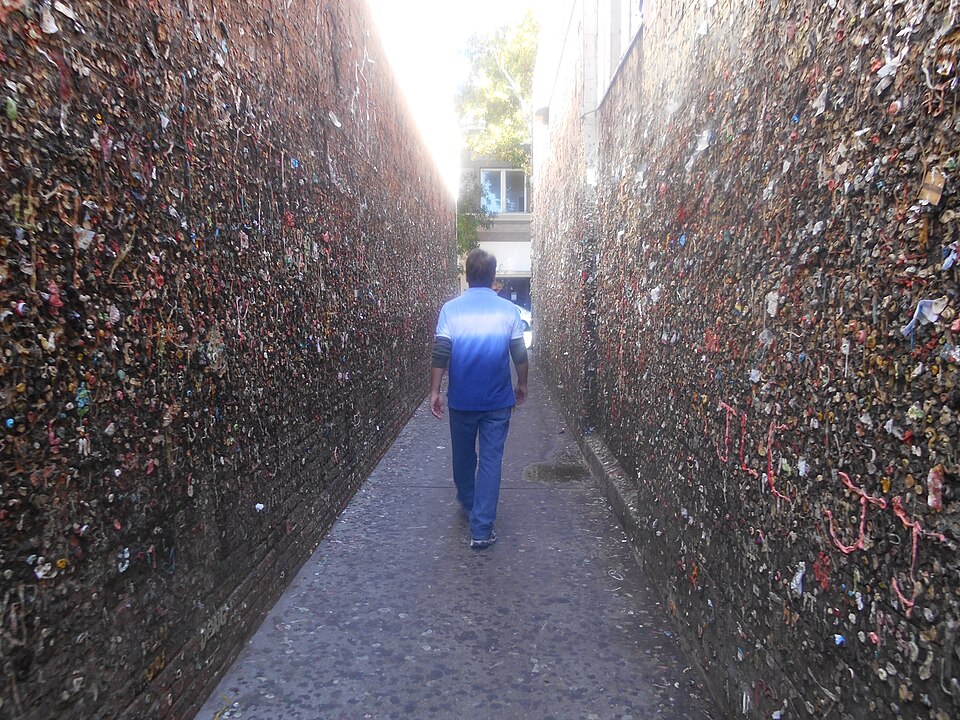When H.P. Re of Coldwater, Mich., died in 1931, his claim to have the world’s shortest name was up for grabs, and the Associated Press held a sort of contest to find his successor. J. Ur of Torrington, Conn., expressed early confidence because he had no middle initial, but, AP reported:
C. Ek and J. Ek, brothers from Duluth, promptly entered the lists as cochampions. Mrs. V. Ek, not to be outdone, claimed not only the woman’s title, but the mixed doubles championship. A former Duluth policeman said his name was C. Sy.
Then Fairmount, Minnesota, entered E. Py, farmer; Clinton, Iowa, put forward C. Au, J. Au, and W. Au, triple threats; Indiana offered Ed Py, inmate of Newcastle Jail; and Indianapolis made a poor try with Fix Ax.
In the end the palm went to Aaron A of Chicago, who went by A.A., a name that AP noted “leads all others in the Chicago telephone directory, alphabetically as well as longitudinally.” A’s ancestors had been jewelers in Saxony, and a philologist speculated that the surname derived from an old German word for river.


